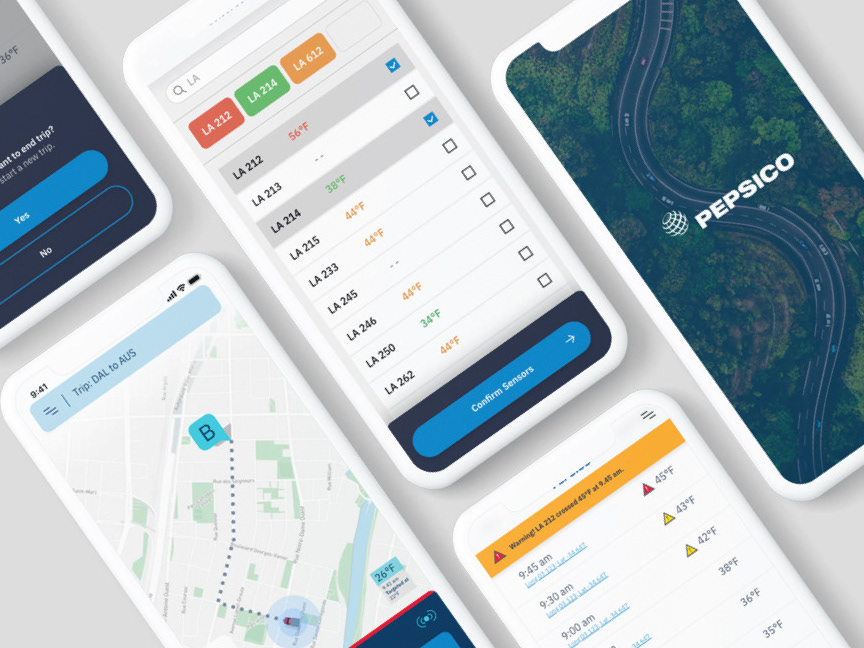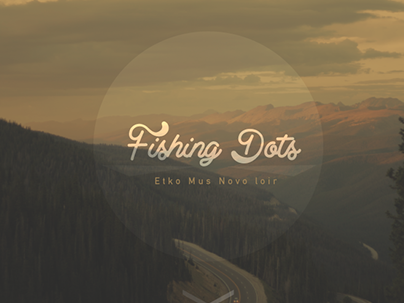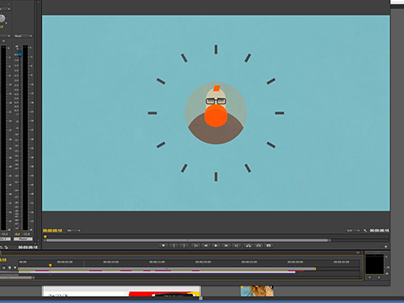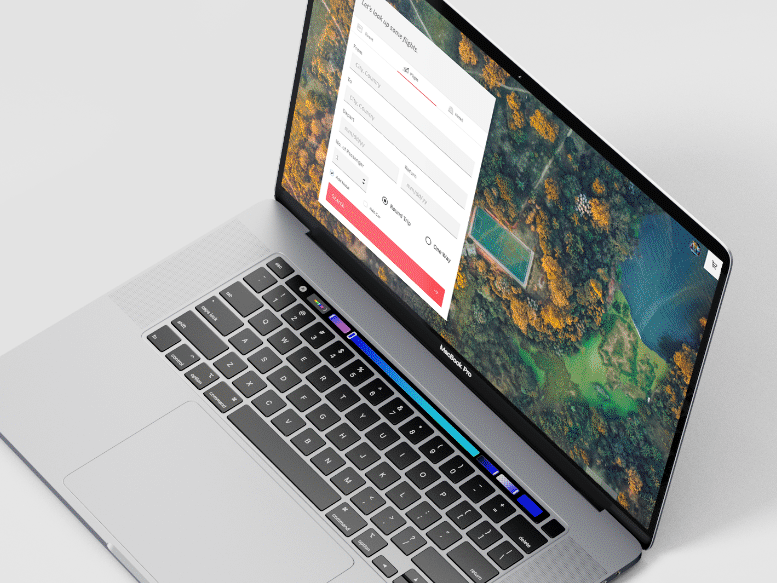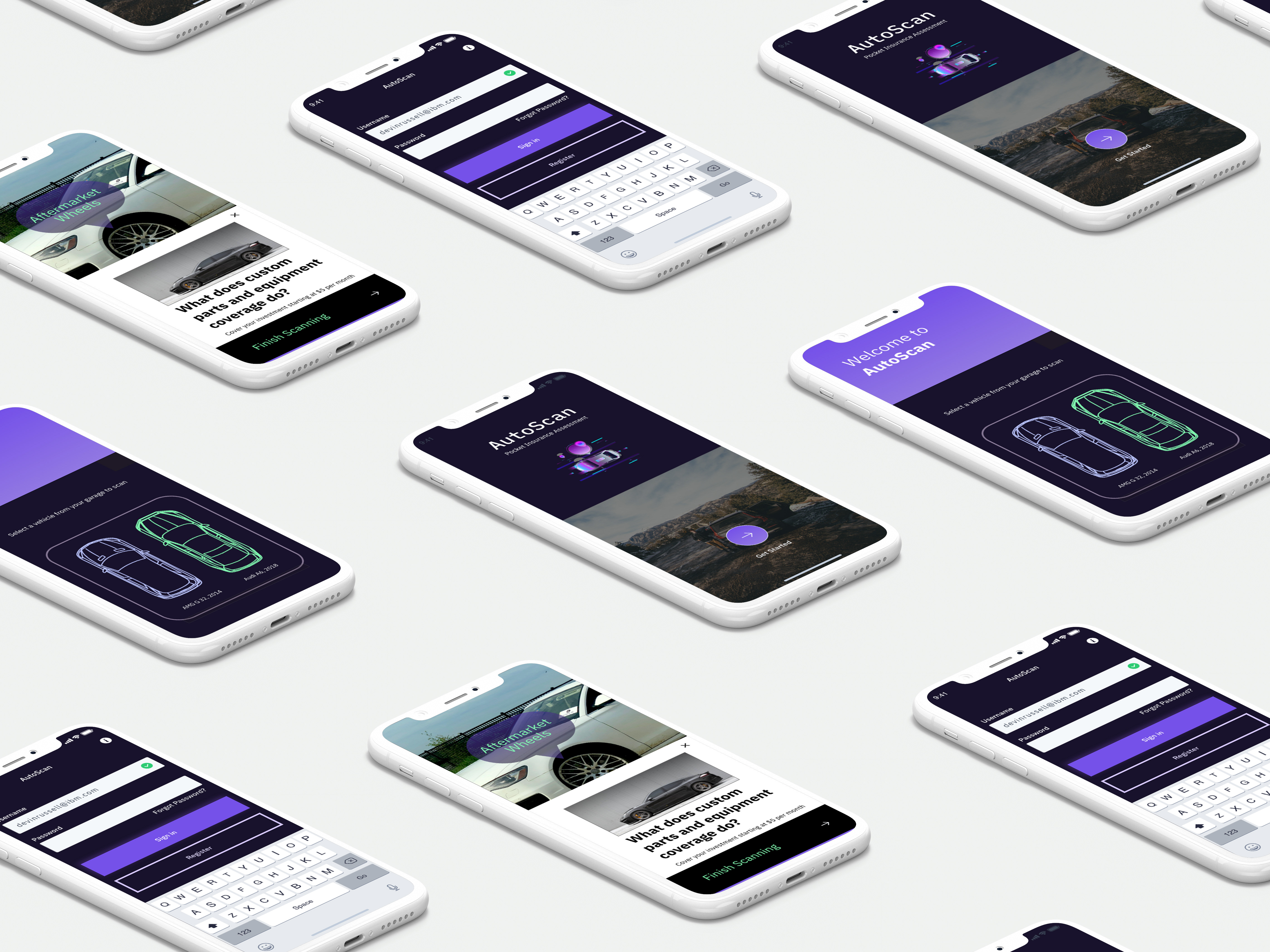THE CHALLENGE
10,000+ researchers, 100+ specialized tools, 20 minutes wasted per search. No way to know which quantum simulation tool, which blockchain environment, or which AI framework is proper for your specific research question. Discovery was painful.
MY ROLE
Lead Product Designer, Personalization Strategis, Ecosystem design driving vision, research, and execution
THE APPROACH
DISCOVERY: Shadowed 30 researchers across disciplines (AI, Quantum, Exploratory Science), documenting search behavior
PERSONAS: Created eight researcher archetypes (quantum physicist, ≠ materials scientist)
ALGORITHM DESIGN: Partnered with data science to design recommendation logic: - Research domain + career stage + project context + past behavior
INTERFACE: Designed a search and browse hybrid with AI-powered suggestions. FEEDBACK LOOPS: Built a system that learns from clicks, dismissals, and ratings
TESTING: Iterative validation with 500+ researchers
THE SOLUTION
Think "Netflix for scientific tools"—but instead of movies, it's quantum simulators and blockchain platforms.
The system:
• Understands your research domain from your profile
• Asks clarifying questions about your specific need
• Recommends 3-5 highly relevant tools with confidence scores
• Explains WHY each tool matches your criteria
• Learns from your choices to improve future recommendations
KEY INNOVATION
Not just keyword matching—contextual understanding. The phrase "I need to simulate quantum entanglement" receives different recommendations than "I need to visualize quantum states," even though both phrases mention "quantum."
THE IMPACT
Reduced discovery time from 20 minutes to 5 minutes (4x faster)
73% recommendation acceptance rate
5,000+ researchers using daily
Tool adoption increased 40% (people discovering tools they didn't know existed)
An estimated 15,000+ hours saved annually across the research organization
WHAT I LEARNED
Personalization isn't about knowing everything about users—it's about asking the right questions at the right time. Also, researchers are surprisingly willing to rate and provide feedback when they see the system improving.
